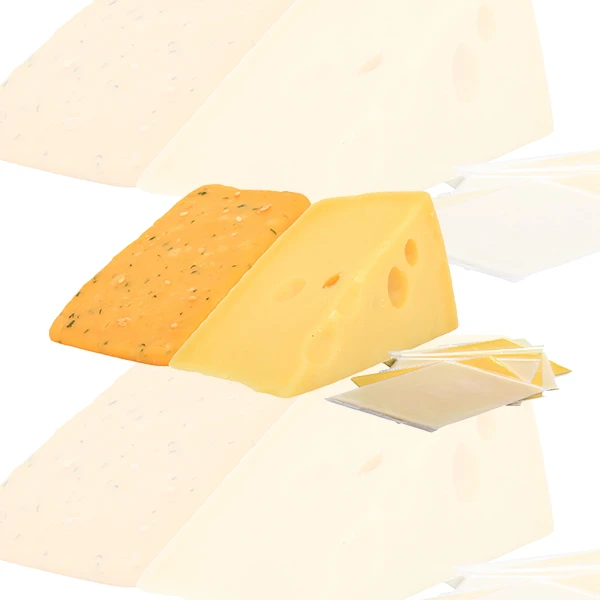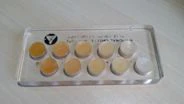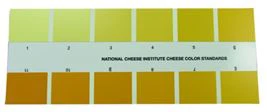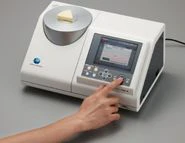Color Control for Cheese Products

Cheese comes in various shades of yellow and orange depending on the type of milk used and food colorant. Milk contains beta-carotene, a natural pigment that gives carrots their orange hue. The amount of beta-carotene varies according to an animal’s diet, which influence the color of cheese. To address the problem of inconsistent cheese color, cheese manufacturers use annatto, a natural food colorant, to achieve their desired cheese color.
The color of food has a strong influence on consumer preference and the identification of flavor. In cheese production, achieving color uniformity is critical and challenging.
Adopting color management throughout the cheese production process helps improve color quality and yield in the production of cheese.
Evaluation of cheese color can be done visually by comparing against a simple National Cheese Institute (NCI) cheese color standard chart.But the comparison is subjective and many factors like lighting conditions and sample size can affect the judgement.
Furthermore, these cheese standards are made probably from plastic chip or wax replicates, which may not fully represent the color of the actual cheese.



With today’s technologies, cheese manufacturers can use color measuring instrument like Konica Minolta Spectrophotometer CM-5 for their cheese color control. The CM-5 can measure the actual reference cheese color and store the data for future references and control. Equipped with top-port and transmission chamber, the CM-5 has the versatility to measure a wide variety of cheese samples, whether grated, powdered or paste.
Click here to watch a video of the CM-5.
To learn more about color measurement of cheese or food color evaluation, write or contact us at 6563 5533 to speak with our application advisors.
